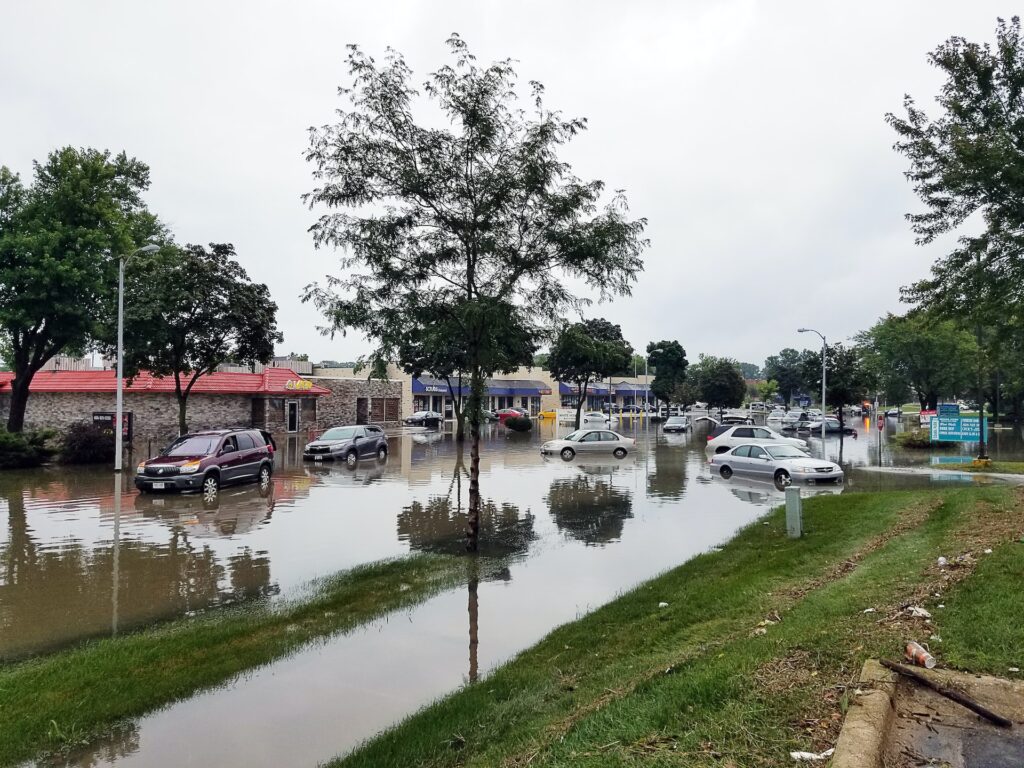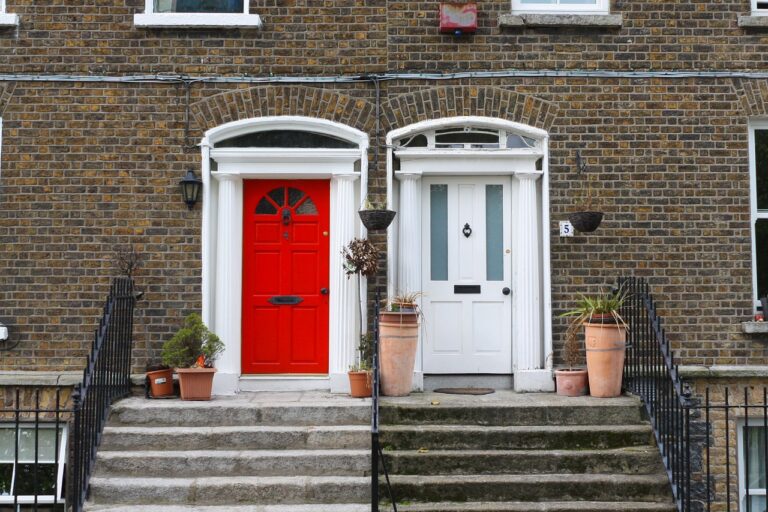Are you concerned about the safety of your home and loved ones during flooding? If so, you’re not alone. Many homeowners share the same worries when it comes to flood protection. The good news is that by organizing neighborhood efforts, you can significantly enhance your community’s flood preparedness. Here, we’ll explore various ways to collaborate with your neighbors and create a more resilient community.
1. Establish a Neighborhood Flood Committee
Forming a committee dedicated to flood preparedness is the first step towards organizing your neighborhood efforts. This committee should consist of passionate individuals who are committed to making a difference. Together, you can brainstorm ideas, strategize, and allocate responsibilities for different tasks.
2. Conduct a Flood Risk Assessment
Understanding the specific risks your community faces is crucial in developing an effective flood preparedness plan. Conduct a comprehensive flood risk assessment by considering factors such as proximity to bodies of water, elevation levels, and previous flood history. This assessment will provide you with valuable information to guide your community’s flood prevention strategies.
3. Foster Communication Channels
Effective communication is the key to successful neighborhood efforts. Establish reliable communication channels within your community, such as a dedicated email list, social media groups, or a neighborhood app. Regularly update these platforms with relevant information, emergency contact numbers, and flood alerts to keep everyone informed and prepared.
4. Create an Emergency Response Plan
Developing an emergency response plan is crucial for ensuring the safety of your community during flooding. Identify evacuation routes, safe meeting points, and establish a system for checking on vulnerable individuals, such as the elderly or those with special needs. Regularly practice drills to ensure that everyone is familiar with the plan and knows what to do in case of an emergency.
5. Foster Relationships with Local Authorities
Collaborating with local authorities, such as emergency management agencies or flood control departments, can greatly enhance your community’s flood preparedness. Establish relationships with these organizations to gain access to valuable resources, information, and support. They can provide guidance on flood protection measures, offer training sessions, and help in developing evacuation plans.
6. Organize Workshops and Training Sessions
Empowering your community with knowledge and skills is essential for effective flood preparedness. Organize workshops and training sessions on topics such as flood safety, first aid, and basic rescue techniques. Invite local experts or emergency personnel to conduct these sessions and equip your community with the necessary tools to handle flood-related situations.

7. Implement Flood Prevention Measures
Take proactive steps to protect your homes and properties from potential flood damage. Encourage your neighbors to install flood barriers, elevate their electrical systems, and secure valuable items in waterproof containers. Promote the importance of maintaining clear drainage systems and regularly cleaning gutters to prevent blockages. By implementing these measures collectively, you can significantly reduce the impact of flooding on your community.
8. Support Vulnerable Members of the Community
In times of flooding, it’s essential to support vulnerable members of your community. Identify those who may need extra assistance, such as the elderly, disabled individuals, or families with young children. Create a network of volunteers who can provide support, including helping with evacuation, shelter arrangements, or providing necessary supplies.
9. Maintain a Flood Preparedness Kit
Encourage community members to assemble a flood preparedness kit that includes essential items such as water, non-perishable food, first aid supplies, flashlights, batteries, and important documents. Regularly check and update these kits to ensure they are well-stocked and ready for use in case of an emergency.
10. Promote Flood Insurance
Encourage your neighbors to invest in flood insurance. Many homeowners mistakenly believe that their regular insurance policies cover flood damage, which is often not the case. Educate your community about the importance of flood insurance and guide them in understanding their coverage options.
11. Evaluate and Improve
Continuously evaluate your community’s flood preparedness efforts and seek feedback from residents. Identify areas for improvement and adapt your strategies accordingly. Encourage open dialogue and collaboration within the community to foster a culture of resilience and preparedness.
12. Celebrate Success and Recognition
Finally, remember to celebrate your community’s achievements in flood preparedness. Recognize the hard work and dedication of your neighbors and committee members. By acknowledging the progress made, you motivate others to continue their efforts and inspire neighboring communities to follow suit.
The Bottom Line
In conclusion, organizing neighborhood efforts for flood preparedness is an effective way to enhance the safety and resilience of your community. By establishing a committee, conducting risk assessments, fostering communication, and implementing preventive measures, you can significantly reduce the impact of flooding on your homes and loved ones. Together, let’s build a stronger, more flood-prepared community!







